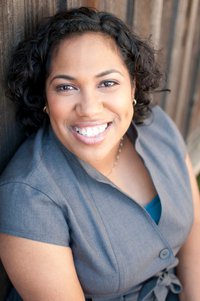
|
Reader: I heard all this stuff on the news about banks and credit unions and the Occupy Wall Street movement trying to get people to move to a credit union. Why would we want to leave banks?
Saturday, November 5th was National Bank Transfer Day. The goal was to try and get as many people as possible to leave traditional banks and open accounts at local credit unions. Banks spend millions of dollars every year trying to convince potential customers that banks are the way to go, but credit unions have some significant benefits.
Not-for-Profit
The one difference that sets it apart from other banking institutions is that credit unions are not-for-profit. That means they exist to help their members, not to make money. With that being the driving force, everything they do is handled differently thank for-profit banks.
You’re an owner
When you open an account at a credit union (you can find one at www.CreditUnion.coop) you become a member-owner of that credit union. That means that you can vote on things and your voice can be heard. Each credit union has different requirements for membership, but LA Financial Credit Union is open to “people who live, work, worship, volunteer or attend school in, Los Angeles County, California.” It’s nice to know that you have a say in what’s going on at your financial institution.
Great loan rates
Credit unions offer the same financial products as traditional banks, except for one major difference: they have better loan rates. The credit union uses the deposits of members to loan to other members. Since the bottom line isn’t to make money, but to serve the members, the loan rates (think mortgages, auto loans, credit cards, business loans, etc.) tend to be lower than traditional banks. Go online to compare rates.
Better customer service
Every year thousands of customers take a survey to share how they feel about their financial services institutions. Consistently, credit union members give higher satisfaction ratings than traditional bank customers. At credit unions you’re more than just a number, you’re a member-owner.
The most ATMS across the nation
This is a little-known fact, but credit unions have more ATMs across the country than banks. The coop network gives credit union members access to 28,000 surcharge-fee ATMs including the ATMs at 7-Elevens. Visit www.CreditUnion.coop to locate ATMs by street address or zip code. Most credit unions also have mobile phone apps to help you locate ATMs.
Your goal should be to work with a financial institution that provides the products and services you need at a fair rate while making you feel comfortable. Your financial life is your responsibility to handle. Choose from all the available options, not just the one with the most commercials on TV.
Do you have a question you’d like Shay to answer? Email Shay at [email protected].
About Shay:
Shay Olivarria is a financial education speaker and the author of three books on personal finance. She has written articles for Bankrate.com, FoxBusiness.com and The Credit Union Times, among others. To find out more about her work, visit her at www.BiggerThanYourBlock.com.














